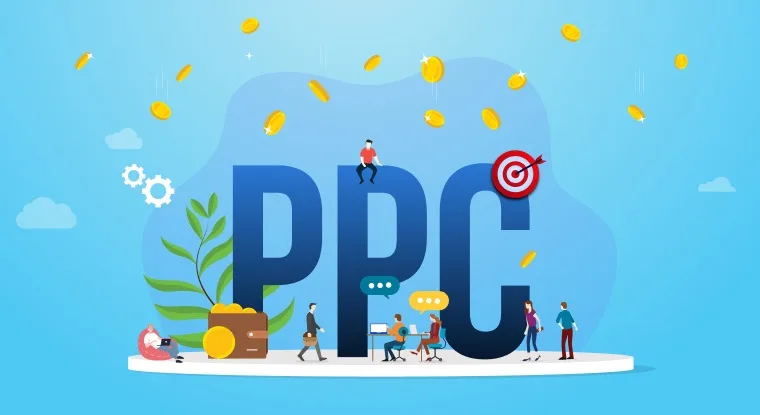Pay-per-click Advertising Guide

In the realm of online marketing, Pay-per-click (PPC) advertising stands as one of the most potent tools for businesses to gain visibility and attract potential customers. Originating in the late 1990s, PPC revolutionized digital advertising by allowing advertisers to bid for ad placement in search engine results and pay a fee each time their ad is clicked. This method swiftly gained popularity due to its cost-effective nature and measurable results, marking the advent of a new era in online advertising.
PPC advertising operates on a simple yet powerful premise: advertisers bid on keywords relevant to their target audience. When users search for these keywords, the search engine displays sponsored ads alongside organic results. Ad placement is determined by a combination of bid amount and ad relevance, with higher bids typically securing better placement. This model relies heavily on keyword research, ad copy optimization, and ongoing campaign management to ensure maximum ROI for advertisers.
Understanding PPC
Before delving into PPC advertising, it’s essential to grasp its fundamental components and potential challenges. Firstly, advertisers need to set clear objectives and budgets for their campaigns, understanding that PPC success requires continual refinement and optimization. Additionally, thorough keyword research is paramount to identify relevant search terms and minimize wasted ad spend. Advertisers must also consider their target audience’s demographics, behaviors, and preferences to craft compelling ad copy that resonates and drives conversions.
Tips for Effective PPC Campaigns
To harness the full potential of PPC advertising, businesses should adhere to several best practices. Firstly, regular monitoring and adjustment of ad campaigns are crucial to maintain competitiveness and relevance. Secondly, A/B testing various ad elements such as headlines, descriptions, and call-to-action buttons can provide valuable insights into what resonates best with the target audience. Moreover, leveraging ad extensions and negative keywords can enhance ad visibility while minimizing irrelevant clicks, thus optimizing ROI.
Furthermore, aligning PPC campaigns with broader marketing strategies and objectives ensures consistency across channels and maximizes overall impact. Additionally, investing in quality landing pages that deliver a seamless user experience and fulfill the promises made in the ad can significantly improve conversion rates. Lastly, staying updated with industry trends and algorithm changes is vital to adapt and refine PPC strategies for sustained success.

Challenges in PPC Advertising
Despite its effectiveness, PPC advertising presents several challenges for businesses. Firstly, fierce competition in popular niches can lead to escalating bid prices, potentially diminishing ROI for advertisers. Additionally, click fraud and invalid clicks pose a threat to campaign integrity and budget allocation, necessitating proactive measures to mitigate risks. Furthermore, mastering the intricacies of PPC management and optimization requires time, resources, and expertise, making it daunting for inexperienced advertisers.
Is PPC Advertising Right for You?
Ultimately, the suitability of PPC advertising hinges on various factors, including budget, industry, and marketing objectives. For businesses seeking immediate results and precise targeting, PPC offers unparalleled advantages. However, it requires ongoing investment and optimization to yield sustainable outcomes. By weighing the pros and cons and aligning PPC strategies with broader marketing goals, businesses can determine whether PPC advertising aligns with their objectives and resources.
